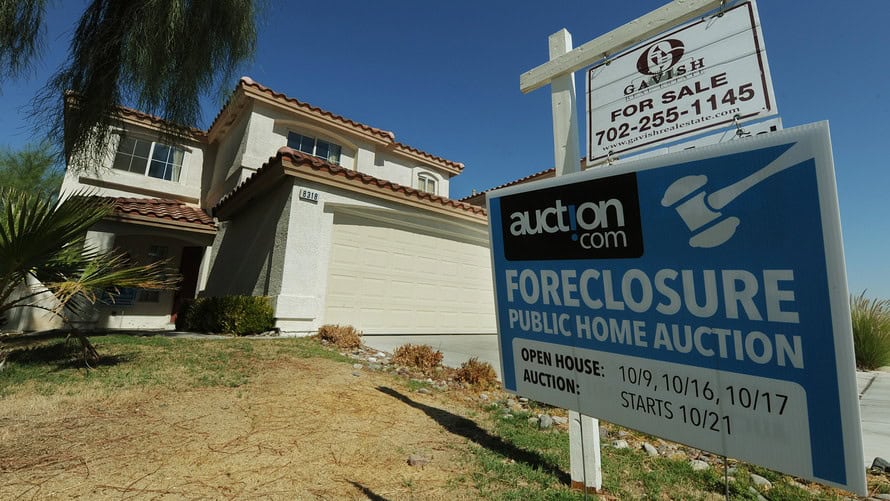
Foreclosed homes aren’t as good a deal as they once were
Homes that were foreclosed on during the recession are rising in value at a breakneck pace, much faster than the typical U.S. home.
The median crisis-era foreclosed home increased 10.3% in value over the past year, versus just 6.5% for the median home overall in the U.S., according to a new analysis from real-estate website Zillow Z, -1.85% Indeed, the rate at which foreclosed homes are appreciating in value accelerated even as the market overall has slowed down.
In many markets, foreclosed homes are now worth more than ever before. Since the recession, these homes have increased 74.5% in value, while the typical U.S. home only gained 46% in value. Granted, foreclosed homes dropped more substantially in value during the recession — and they’re still generally worth less than the typical U.S. home. The median home value among foreclosed homes was $207,000, versus $216,700 among all homes.
“When the housing market tripped up a decade ago, homes that went into foreclosure fell hard — their value dropping substantially more than homes that didn’t experience a foreclosure,” Zillow senior economist Aaron Terrazas said in the report. “But markets will never overlook a deal, and for much of the economic recovery, homes with a history of foreclosure have been a deal. This remains so today, although somewhat less so than a year ago.”
The Zillow report also analyzed who has benefited from the rise in the value of foreclosed homes, and who is worse off because of it. By and large, the winners in this situation are real-estate investors who purchased foreclosed homes at a significant discount and turned them into rentals. Not only have their properties increased substantially in value, but they also reaped the rewards of rising rents as thousands of foreclosed households were forced to enter the rental market to obtain housing.
Those same factors made matters worse for the low-income Americans who made up the majority of households that fell into foreclosure during the crisis. Loose lending standards allowed many of these people to purchase homes, predominantly in the bottom-third of the market in terms of home value.
The initial waves of foreclosures drove down the value of these entry-level homes, pushing many homeowners into negative equity, meaning they owed more on the loan than their home was worth. That made it difficult for these individuals to move or to refinance into a better loan, causing many of them to go into default and then foreclosure.
Since then, these foreclosed homeowners have not only missed on the price appreciation their former properties have experienced, but they also have been burdened by the skyrocketing cost of rent over the years. This, Zillow argued, has led to a widening in the wealth gap across the country.


